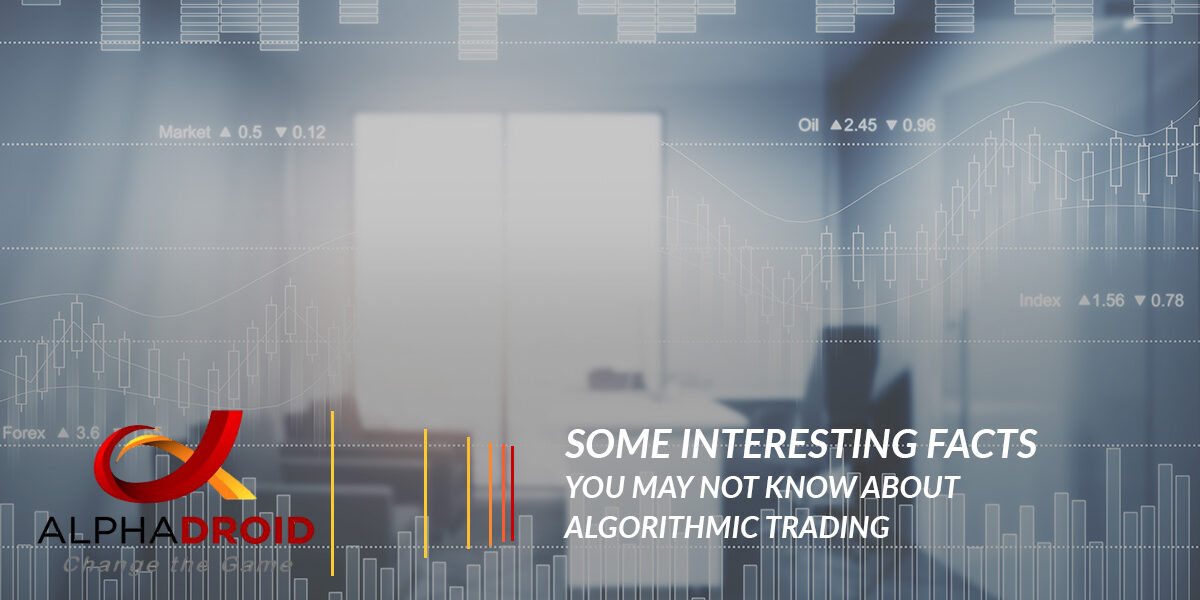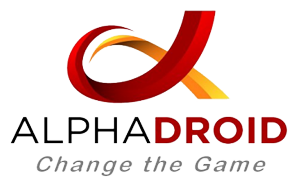Some Interesting Facts You May Not Know About Algorithmic Trading

Quick, dependable, and ruthless — algorithmic trading, often referred to as algo trading, automated trading, or robo trading has taken the world by storm and is some of the best investment and trading technology we have seen. In fact, today, about 75 percent of all trades that happen globally are completely automated, and algo trading is one of the leading contributors.
Some Interesting Facts You May Not Know About Algorithmic Trading
Since becoming a trend in the investment industry, algorithmic trading has earned its place in trading globally. Although people were initially hesitant to accept this new technology, especially one that automates trading and eliminates the use of manpower, algo trading has proven to be effective. Still, not everyone out there knows how to get the best out of algorithmic trading, which is why in today’s post, we are going to share some things you may not know about algo trading.
1. Anyone Can Do Algorithmic Trading
People often undercut their abilities to perform and often think low of themselves wondering if they would be able to trade at a later stage in their life. Some believe that they are too old or unable to keep up with modern technology, but these are typically the investors who have been in the industry for a while now and are unwilling to break away from the old-fashioned manual trading methods.
If a person actually wants to achieve success in trading, then they need to have the will, desire, competence, and the necessary skills to progress forward no matter what obstacles prevent them self. Someone’s age or profession should never get in the way of trading. If you feel prepared and willing enough to begin algo trading, go for it!
2. Algo Trading Gets Better With Time
Expecting to master algorithmic trading in a couple of months is unrealistic. In fact, many people will not achieve consistent gains and profits for a few years. Algorithmic trading requires time, patience, practice, and experience. Skills, as well as following a structured approach, play a huge role in the success and achieving your trading goals.
Unlike old-fashioned trading methods, such as callout rates, broker dependency, and carry-forward systems, today there are open systems, as well as online trading, derivatives, and algorithms. Trading is only expected to grow into something bigger with newer technologies, such as cryptocurrency, artificial intelligence, blockchains, and machine learning — who knows where the newest technological advancements will take us.
3. Algo Trading Can Be Done By Individual Investors
All traders have an equal opportunity to either profit or be faced with a loss while trading. Often times, one loses money due to lack of strategy, unrealistic expectations, or lack of skills or experience. Since they have different natures of investment and returns, it is unfair to compare individual traders to large corporations and hedge funds. Big companies have a large financial backing, high spending ability on the latest technology, and other resources. However, all that is needed for someone to begin automated trading — even those not associated with a financial firm — is to have the proper knowledge, experience, and understanding of the market. Just like big companies, individual traders have made the switch to algo trading and have started experiencing success once they got the hang of it.
4. Algorithmic Trading and High-Frequency Trading Are Not The Same
Many people believe the misconception that algorithmic trading and high-frequency trading are the same thing, but they actually have some distinct differences. Let’s take a look at the two:
Algorithmic Trading
Algorithmic trading is an automated system of trading that utilizes advanced mathematical models and formulas, pre-programmed trading demands, and complex trading algorithms to make quick decisions and transactions for executing orders in the financial market. With algo trading, all trades that are placed are based on defined criteria. Trades are spread out into smaller amounts so that the price of the stock or asset is not significantly impacted, which better controls market risk and execution costs.
High Frequency Trading
High-frequency trading (HFT) is computerized trading that uses proprietary algorithms to analyze multiple markets and execute a large number of orders based on market conditions. Compared to algo trading, HFT is characterized by high turnover rates, high speeds, and high order-to-trade ratios that clouts high-frequency financial data and electronic trading tools. Basically, HFT is a subset of algo trading.
5. Time and Distance Are Important Factors
Time and latency can be the deciding factors between failure and success, loss and profit. Trading is time-sensitive but distance is just as important. Algo trading helps react to market events quicker than the competition to increase the profitability of trades. Automating trading is one solution that helps traders reduce both time and distance in trading.
6. You Don’t Need A Ton Of Capital To Begin
It is not the number of trades completed or the amount of money you trade, but the way the strategies are used, the experience, and skills that will lead to success. More likely than not, it is often not the equipment you use or the expenses you incur to upgrade your machinery. With the proper set of skills, knowledge, and tools, investors can procure the best equipment and technology suited for their needs instead of spending wildly on non-essential, less utilizable, pricey equipment.
If you are interested in trying algo trading, try a free trial of AlphaDroid, a premier investment portfolio software. With algorithmic trading strategies, AlphaDroid makes it easier to analyze, construct, and compare their investment portfolios. To learn more, contact us!

